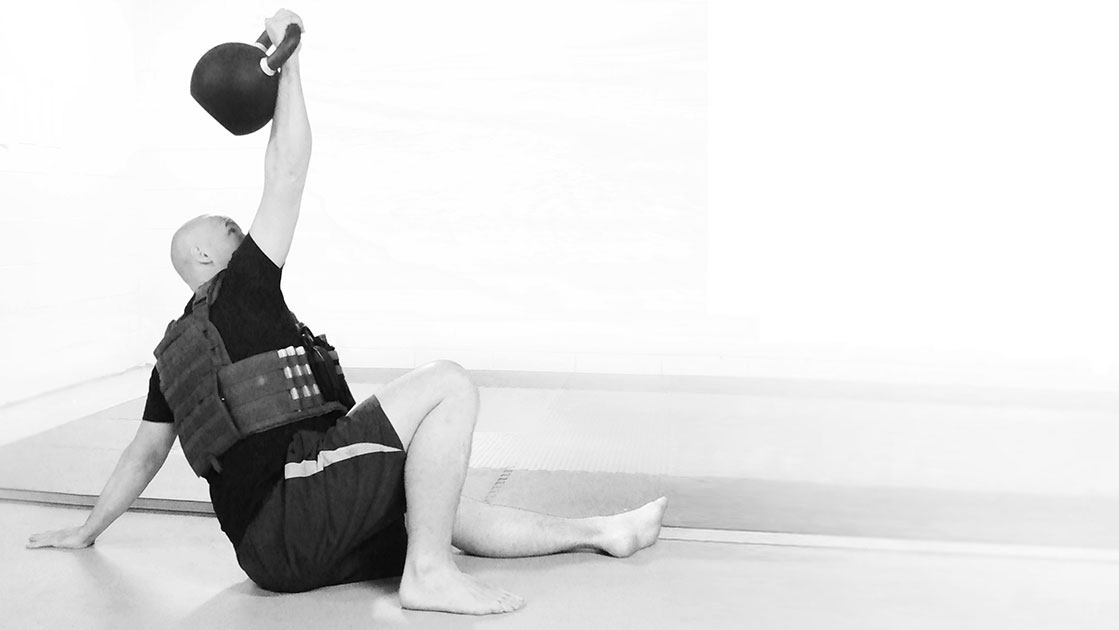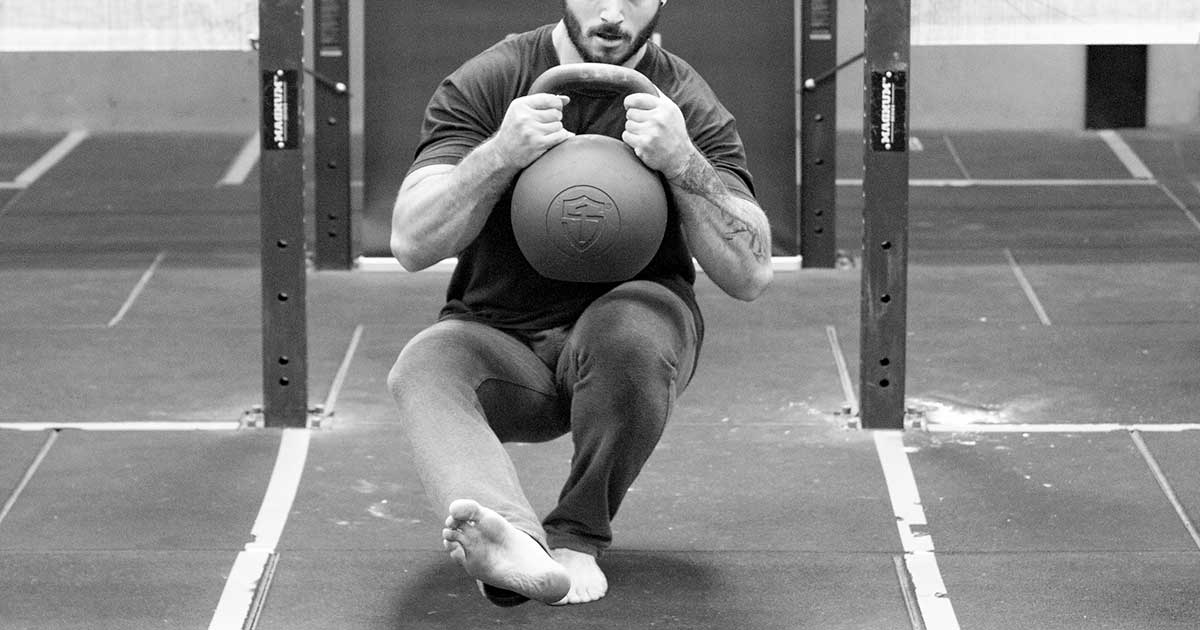TheBorg
Level 4 Valued Member
So I am starting on the AXE book and am loving it. In fact, work dependent, it has intrigued me so much I'd like to hit the upcoming Charlotte Strong Endurance event this year. Anyway, my question is on how to program glycolytic training for a tactical athlete? I am assuming that some dose of this type of training is necessary, since these conditions are often encountered on actual "game day." That being said, it seems to be the position of Strong First that unlike othering programing methodologies (looking at you Crossfit) HIT as the main training methodology is to be avoided. So with that being said, where do things like the secret service snatch test, constant effort KB swings, max pace runs in body armor, obstacle courses for time, minimal rest heavy bag resets or long rounds of sparring and grappling come in? How should stuff like this be programmed into the training cycle? Also, let's assume that our trainee is a tactical athlete of some kind (not a marathon runner, not a thrower, power lifter, etc.) and is already in adequate condition to be doing that job, not a guy trying to get off the couch and into action. Also, lets assume this guy needs to be ready for game day at any given time, as opposed to a guy who is training for some highly specific event like a certain unit's selection process, combat diver school, a tactical type competition, or whatever.


